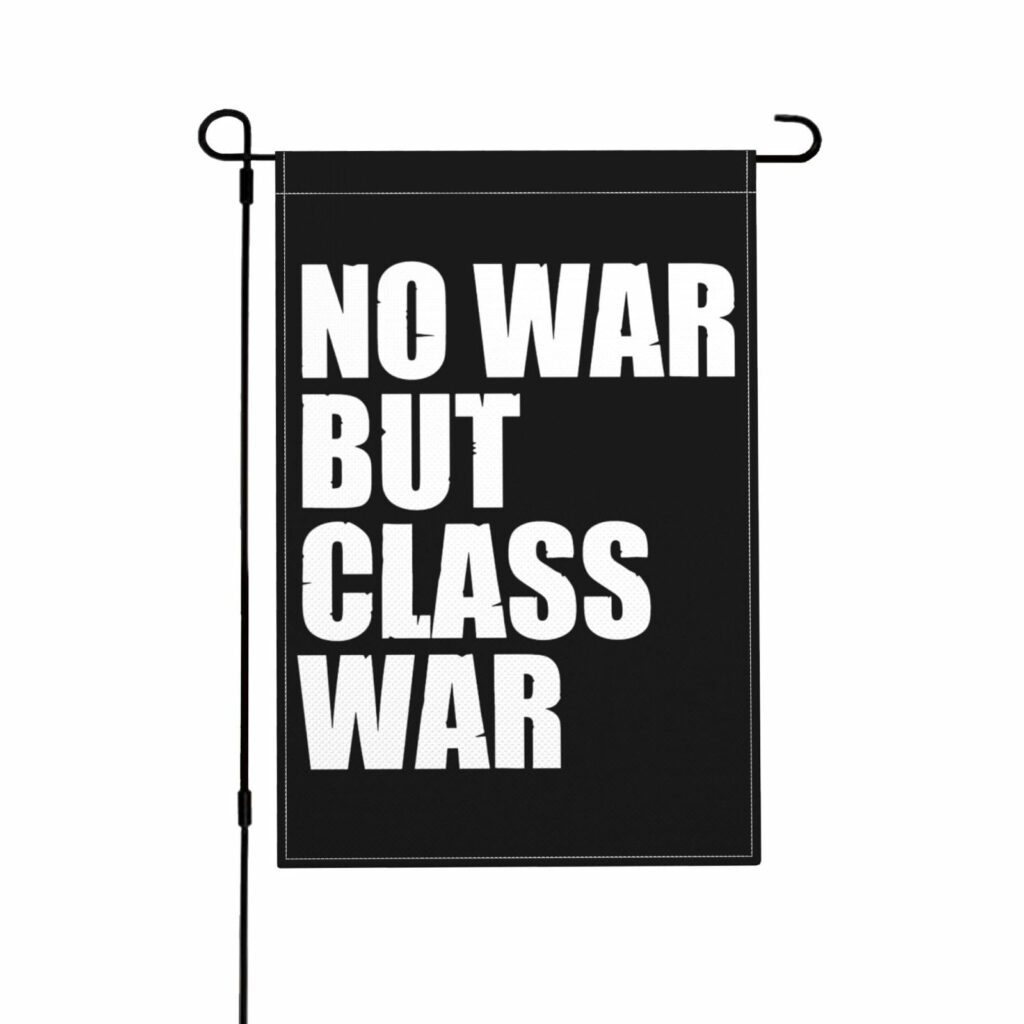“the crew gathered around #SocialHub worked remarkably well for a while, organising good gathering, conferences and very useful outreach of #ActivityPub to the #EU that seeded much of the current #mainstreaming. But yes, it was always small and under utilised due to the strong forces of #stupidindividalisam that we need to balance. Ideas?“
From grassroots origins, #SocialHub emerged as a community-driven platform, rooted in the #openweb principles, focusing on the interplay of technology and “native” social paths. Its initial success lay in its collaborative ethos, free from mainstream interference. This promising start has since failed, due to lack of core consensuses and the active #blocking of any process to mediate the mess making.
Current challenges are from the influx of non-native perspectives, The twitter migrants and rapid #Fediverse expansion has diluted what was left of the original focus. Then in reaction to this the has been a retreat to tech paths over the social paths. This shift toward technical priorities marginalized the social aspects that initially empowered and defined the community, this is a mirroring of broader #geekproblem struggles that are a continuing of the fading of the project.
What actually works is always grassroots messiness and constructive processes, that is messy in a good way, authentic, grassroots movements are inherently untidy, this ordered/chaos is where real social value is born and nurtured. Attempts to overly structure or mainstream these paths risks losing the path, this together with lifestyleism, and fragmented tribalism, distract from meaningful change. These behaviours breed from #stupidindividualism, a core outcome of the #deathcult we pray to, the culture that undermines collective action.
There is a needed role for activism, based on learning from history, to avoid repeating mistakes. This can lead to wider social engagement, and an embrace of messiness to counteract the stifling tendencies of rigid mainstreaming and isolated tech focus. The metaphor of “shovels” is useful to turn the current pile of social and technical “shit” into compost is apt. Grassroots communities nurture a healthier ecosystem that balances tech and social. The imbalance favouring tech over social needs to be addressed, reinvigorating the core social crew with a focus on community-oriented discussions and actions can restore equilibrium.
For this, it can be useful to challenge neoliberal narratives, use the #openweb/#closedweb framework to critique and dismantle pushing of #neoliberal “common sense”. Highlight how these ideologies breed the individualistic and exploitative tendencies that undermine collective progress. The need for vigilance against co-option and the importance of nurturing the messy authenticity of grassroots movements. The path forward requires not just shovelling but planting seeds of collaboration, transparency, and collective action. By embracing the messiness and keeping the focus on social value, the #openweb can flourish as a genuine alternative to the #closedweb.
UPDATE: This has since failed




